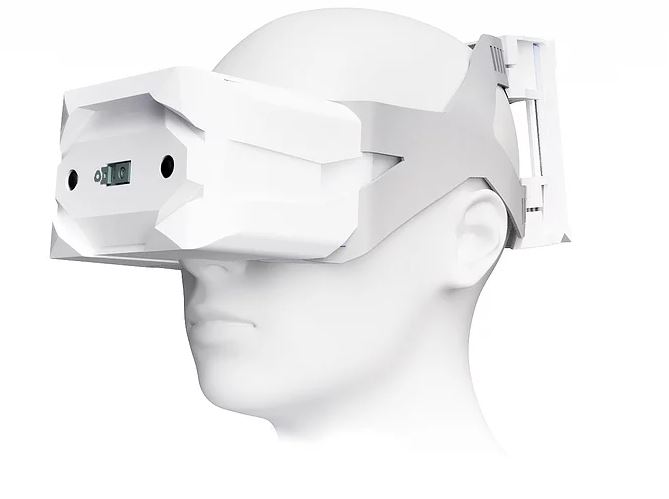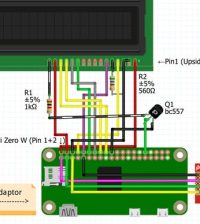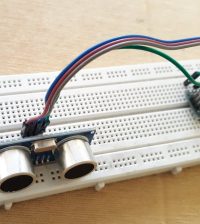- makeITcircular 2024 content launched – Part of Maker Faire Rome 2024Posted 1 month ago
- Application For Maker Faire Rome 2024: Deadline June 20thPosted 3 months ago
- Building a 3D Digital Clock with ArduinoPosted 8 months ago
- Creating a controller for Minecraft with realistic body movements using ArduinoPosted 8 months ago
- Snowflake with ArduinoPosted 9 months ago
- Holographic Christmas TreePosted 9 months ago
- Segstick: Build Your Own Self-Balancing Vehicle in Just 2 Days with ArduinoPosted 9 months ago
- ZSWatch: An Open-Source Smartwatch Project Based on the Zephyr Operating SystemPosted 10 months ago
- What is IoT and which devices to usePosted 10 months ago
- Maker Faire Rome Unveils Thrilling “Padel Smash Future” Pavilion for Sports EnthusiastsPosted 11 months ago
Atmos XR WebVR-capable Headset: 3D Printable, Modular and Open Source

Hardware and software makers behind the Atmos headset want to provide improved accessibility with an open ecosystem, and they aims to do it with a WebVR-capable headset design that is self-contained, 3D-printable, and open-sourced. Their immediate goal is to release a development kit, then refine the design for a wider release.
The front of the headset has a camera-based tracking board to provide all the modern goodies like inside-out head and hand tracking as well as the ability to pass through video.
“Atmos Hardware:
A single board computer (Intel X86) is powered by a Battery Pack (3x 18650 batteries) and feeds the video stream to an LCD panel (2560 x 1440 @ 60hz) which is viewed through a set of Lenses (34mm biconvex).
The internals are encased in an 11 piece, modular, 3d printed headset accompanied by 2 sets polyurethane pads for the eyes and back of the head. The components are held together by built-in snaps, friction-fit slots, and flexible-filament-printed adjustable straps.”
Extended Reality (XR) has emerged as a catch-all term to cover broad combinations of real and virtual elements. On one end of the spectrum are completely virtual elements such as in virtual reality (VR), and towards the other end of the spectrum are things like augmented reality (AR) in which virtual elements are integrated with real ones in varying ratios. With the ability to sense the real world and pass through video from the cameras, developers can choose to integrate as much or as little as they wish.
Further information are available on Atmos GitHub page.
















